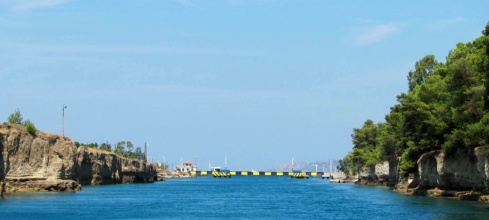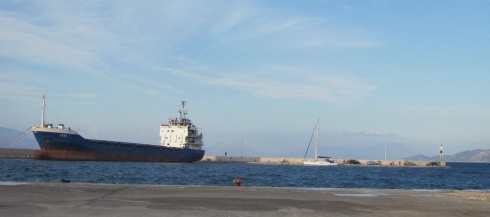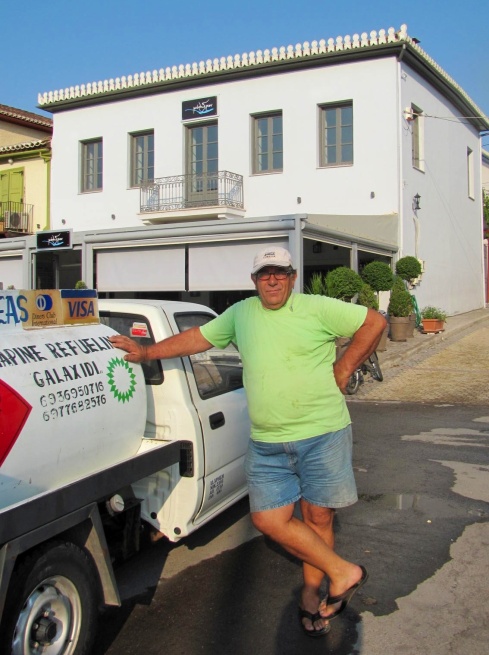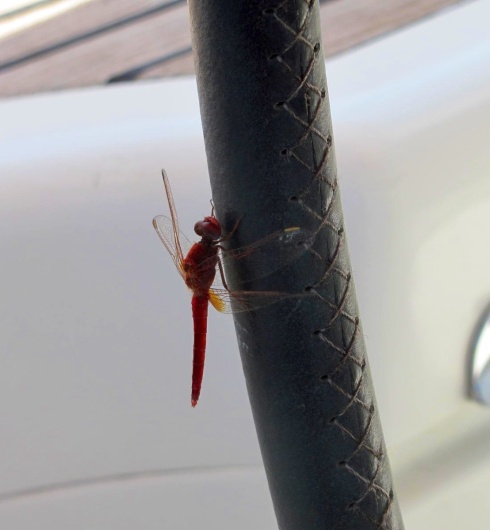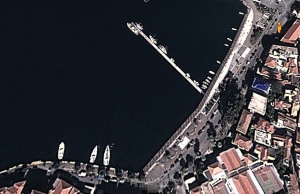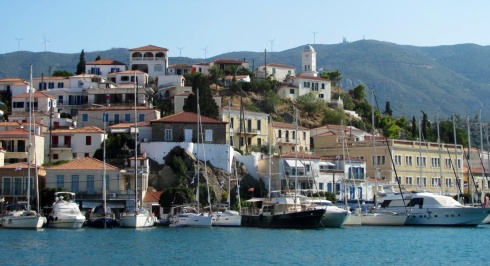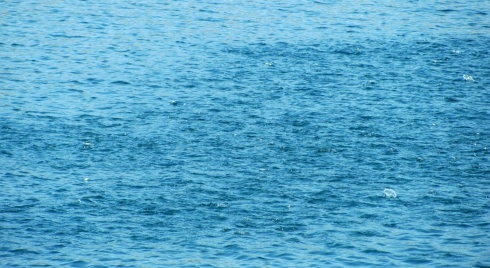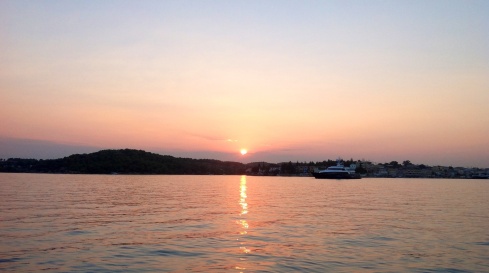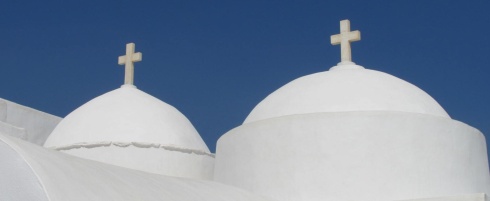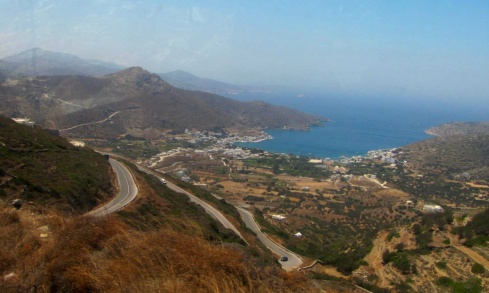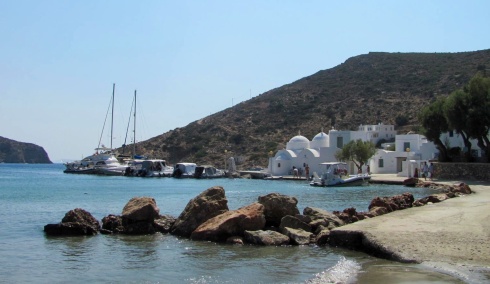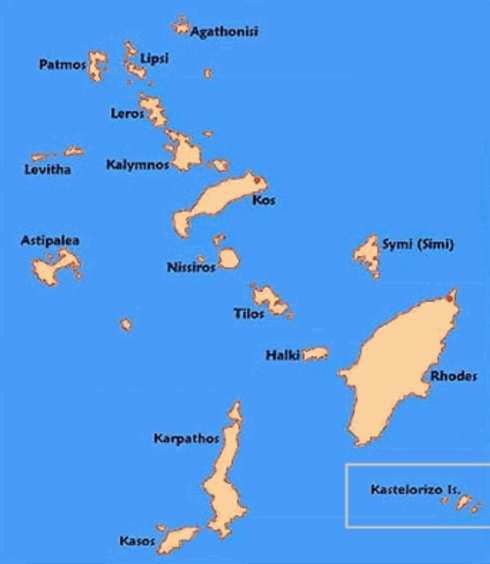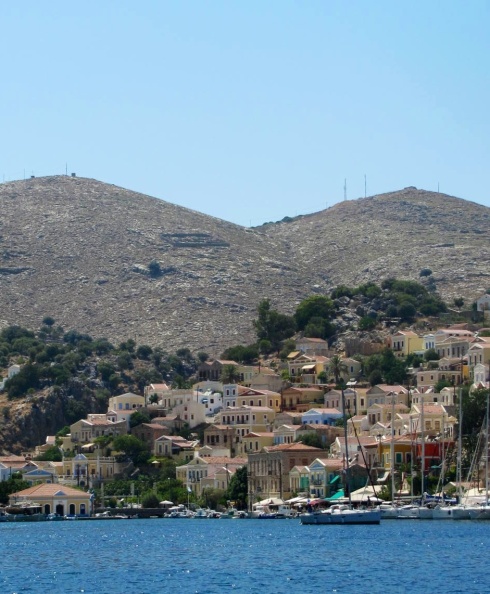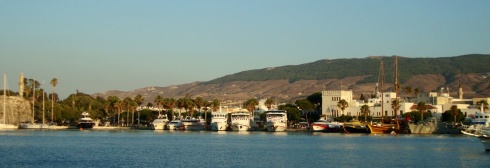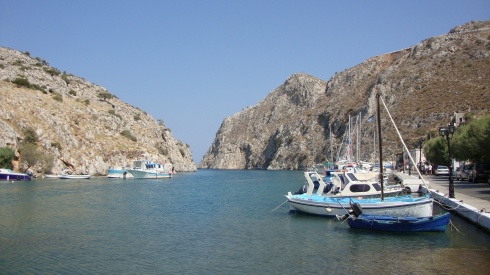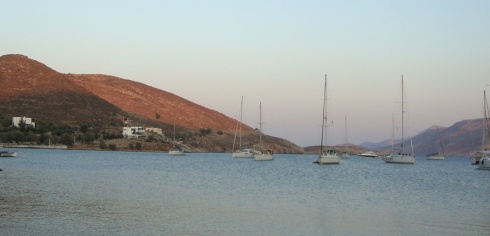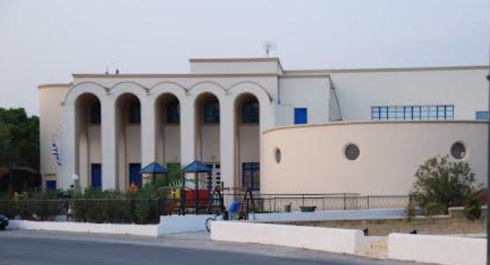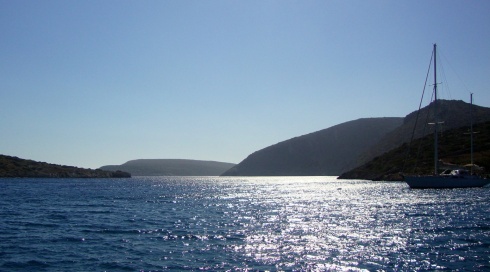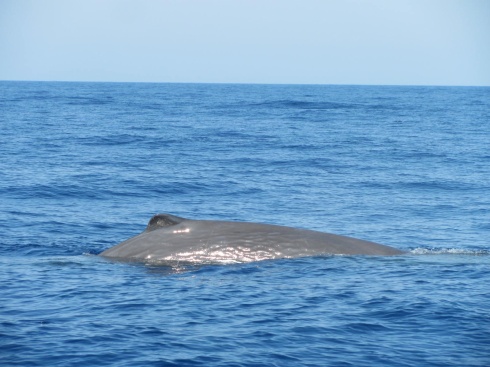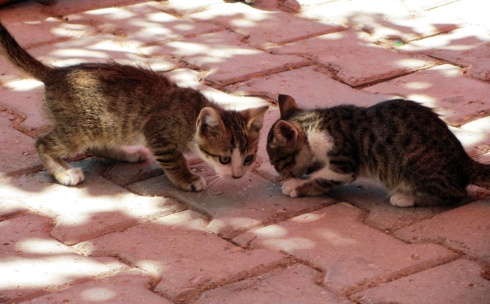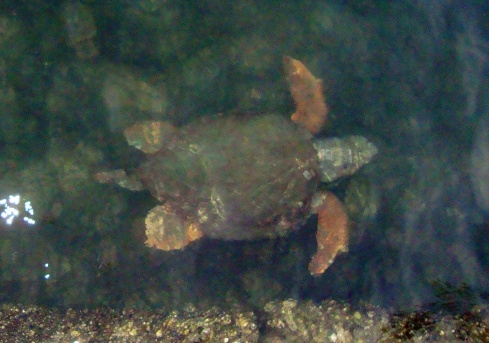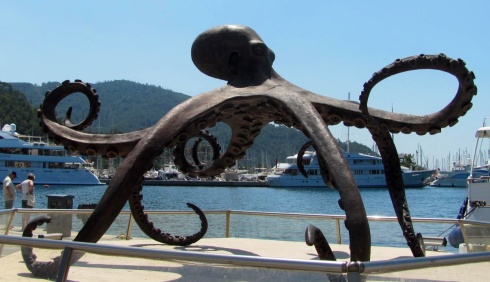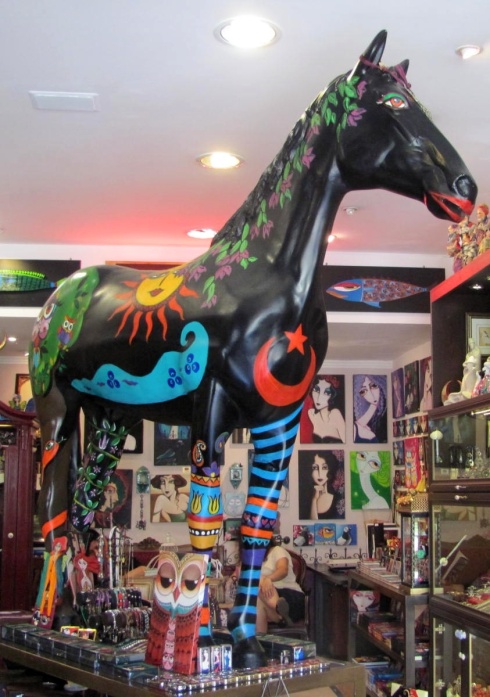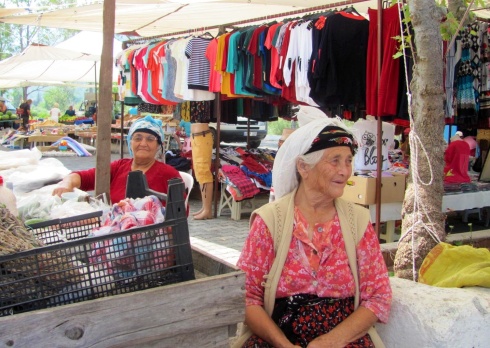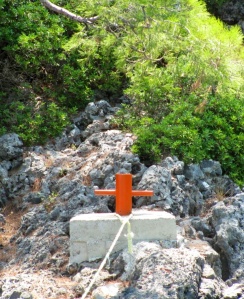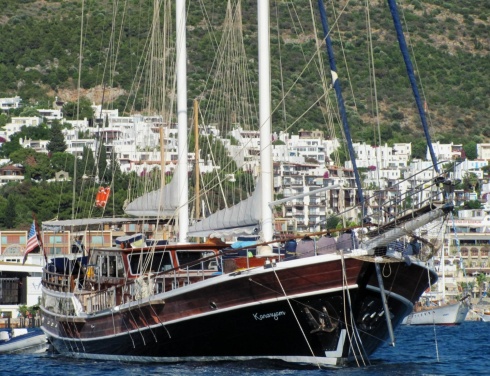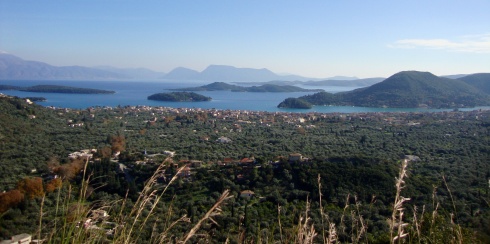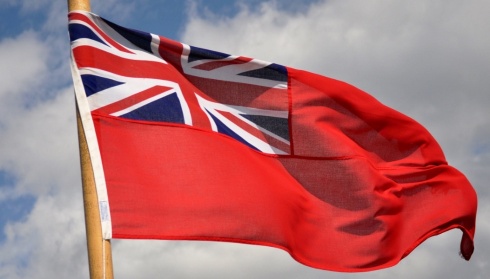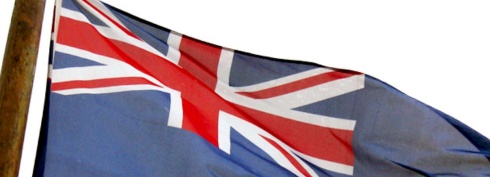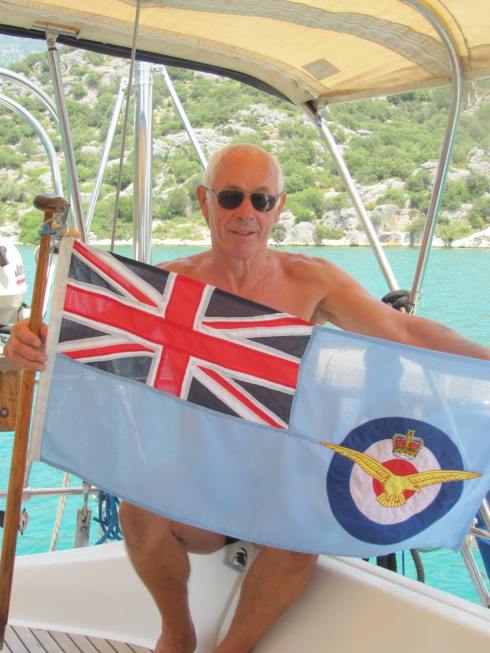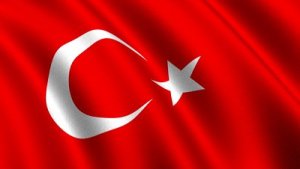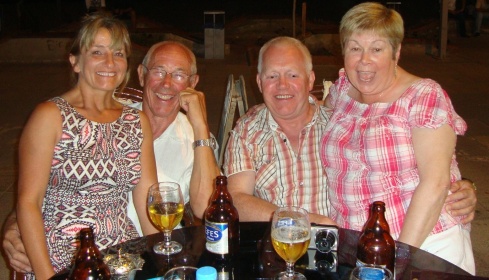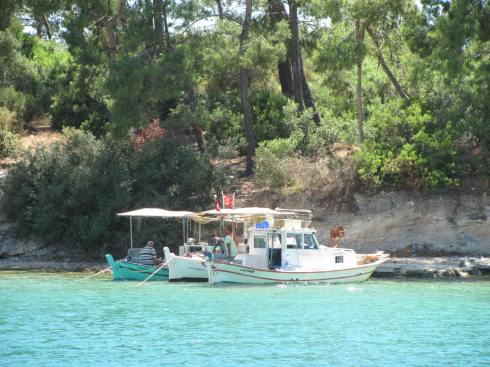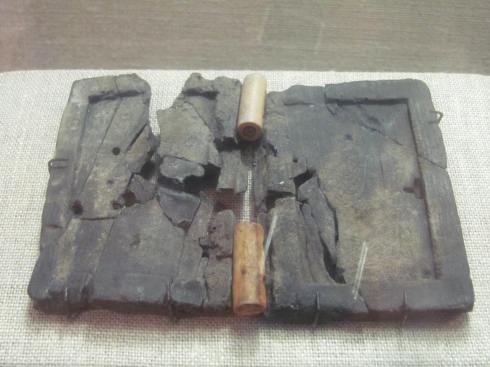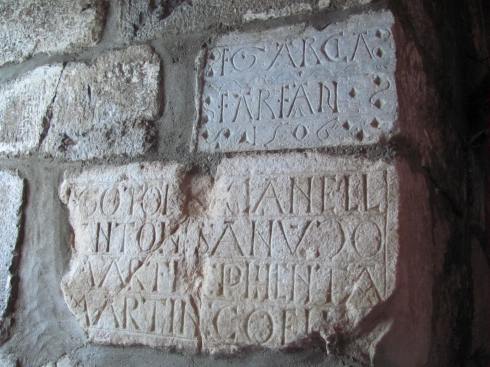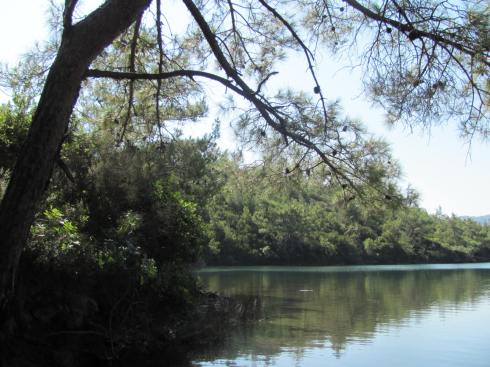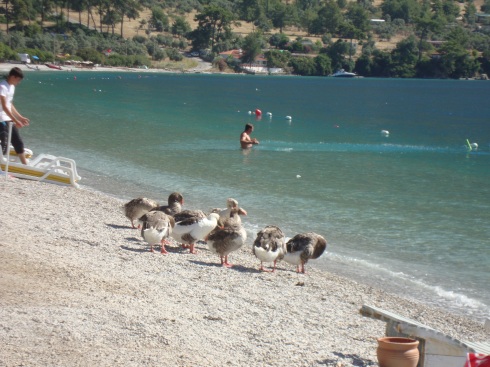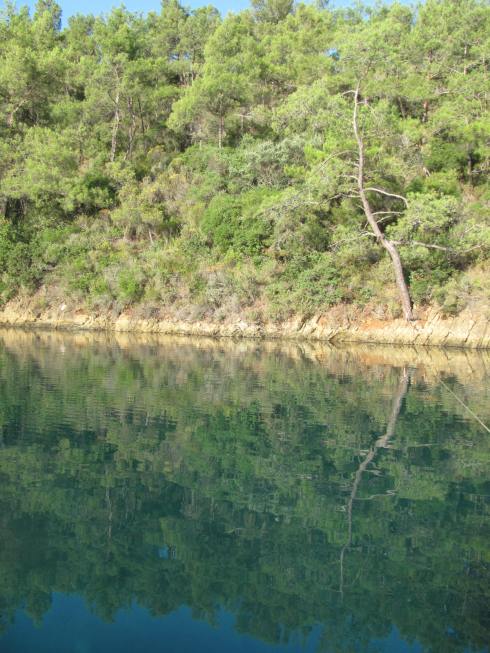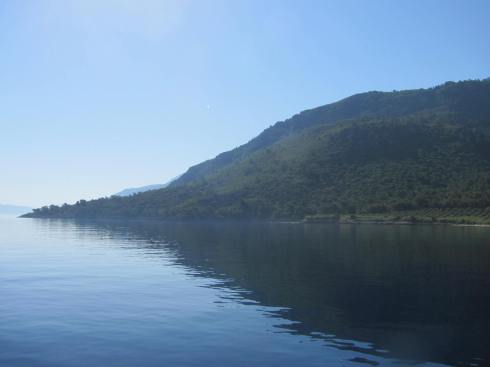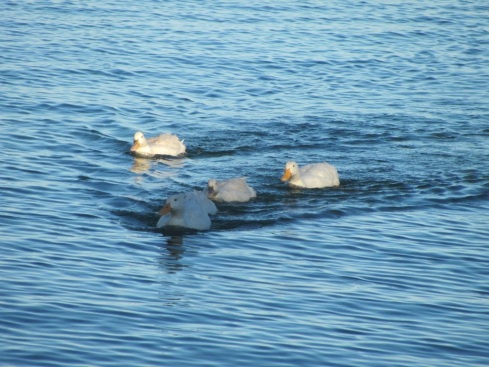We came back through the Corinth Canal on Wednesday. Our original plan had been to sail back to the Ionian going round the bottom of the Peloponnese but we changed our minds and decided to cough up the exorbitant fee for transiting the canal in order to avoid the somewhat uncertain anchorages off the beaten track at the bottom of the peninsula.
We left Korfos bright and early, expecting the 30 mile passage to Kiato in the Gulf of Corinth to take anything up to 8 hours – that’s our usual estimate of 5 knots average speed plus up to 3 hours to do the paperwork for the canal and a wait to be granted permission to transit.
Our previous three transits have been straightforward so we were pretty relaxed. What could go wrong?
We arrived at the eastern entrance at Isthmia in a stiff northerly breeze. With 30 knot gusts on the beam we screamed onto the quay at breakneck speed, taking the place of a departing power boat All was well, no damage done, apart from 2 poor fenders which went pop!
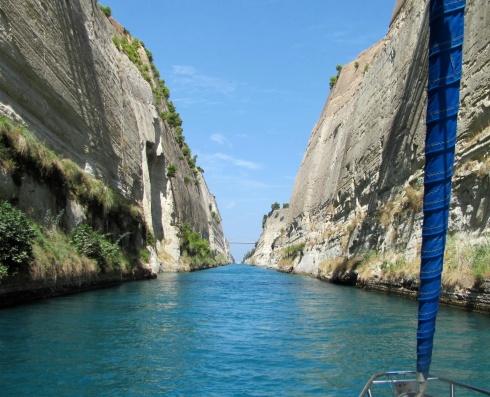
We hadn’t even tied up and a head emerged from the control tower window, “Hurry, hurry. Come and pay quickly and follow the power boat!” Not 5 minutes later & a couple of hundred euro poorer we managed, with a lot of revs and ropework, to get ourselves off the windblown quay and head at full throttle up the canal chasing the aforementioned power boat which was disappearing into the distance.
With a substantial current behind us we were tanking along at 8 knots, enjoying the pure excitement of watching kingfishers flitting along the base of the limestone walls.
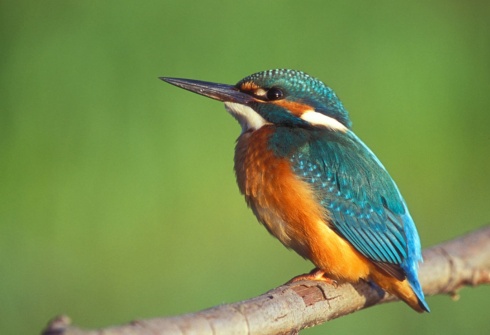
Just to put you in the picture, the canal is spanned by a total of 5 bridges, 3 at the top of the cliffs and a further 2 at water height at each end of the canal. The latter are submersible and are dropped when vessels are due to pass.
I jokingly said to PT, “Make sure that the bridge is down before we get to the end.” We couldn’t believe it when, with only about half a mile to go to the open sea, we saw the distinctive yellow and black stripes of the submersible bridge rising above the water in our path!
A frantic call to the control tower was answered eventually with the advice to reduce our speed. But with wind and tide pushing us onward and very little room to manoeuvre, it was a little nail-biting. Thankfully, with a couple of hundred metres to spare, the bridge slid below the water and disaster was averted!
In gusty conditions we headed up to Korfos for the night. The passage time of 5 hours from Korfos to Kiato, including the canal transit, must be a record for a boat our size!
Kiato is a place we’ve been to a couple of times before and, apart from having a branch of Lidl, there’s not much to recommended it. The harbour is plagued by a vicious swell and the town is home to an army of graffiti ‘artists’. The only reason we chose to stop there is its convenient position in the eastern end of the Gulf of Corinth.
One night was definitely enough and even though the wind was howling the next morning we set off for one of our favourite places, Galaxidi.
Galaxidi is a pretty place. Nice restaurants, unlimited water and electricity, a safe harbour (well, safeish!) and a few local characters who add interest to the pastime of watching the world go by.
Boats arriving in Galaxidi are usually hailed by a skinny, cap-waving figure on the quay who directs you to a berth, takes your lines and then asks for 5€ for water & electricity. An efficient welcome from a port official? Or not…. This is Thanassis, the town drunk (sorry, not very PC). You quickly realise that something about the set-up is not quite right and many decide not to hand over any cash till they find out what the score really is. Thanassis is never rude or aggressive though, and will just as easily accept a can of beer in payment for services rendered. And before 10 in the morning he happily accepts the offer of a cup of coffee…you just have to remind him to bring the cup back. We’re told that he has been punished on several occasions for extracting money under false pretences, but he’s pretty harmless really, a bit of an entrepreneur in fact. Just not as skilled at fleecing people as some in higher places maybe! 😉
When we arrived in Galaxidi this time we were quite disappointed not to see Thanassis on the quay. Enquiries as to his whereabouts drew a blank. He appeared the next day, but he kept away from the quay and no longer seemed to be acting as the self-appointed welcoming committee for visiting yachts. Had he been warned off? Or is he now living in a little world of his own? Who knows? The quay is not the same without him.
Andreas, the diesel man and general fixer, on the other hand, is still omnipresent and larger than life.
If you need something in Galaxidi, Andreas is your man. His primary role is boat refuelling and he rubs his hands with glee when the big gas-guzzlers come in looking for fuel. (2 years ago we watched as he helped out an Italian whose fuel tanks had leaked. Andreas very kindly pumped all the diesel out of the bilge, took it away and filtered it…and then sold it back to the guy…all 2000 litres of it! There ain’t no flies on Andreas 😀 ).
Andreas appears to be rather well connected in the local community and probably has a finger in many pies. We were looking for a new gas regulator and accompanying rubber hose. Andreas said, “No problem!” He returned the next morning with new hose – no cost. He’d had the old regulator tested and declared it to be in satisfactory condition – no cost.
Give Galaxidi a go, you’ll like it…and be sure to look up Andreas 🙂

